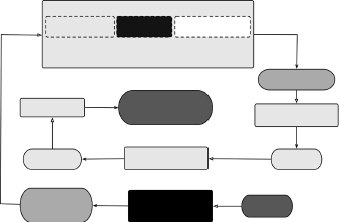CHAPTER 5
PROBLEM DEFINITION: IDENTIFYING CONSTRAINTS
What are the limits for this design problem?

WE CONTINUE our discussion of problem definition by focusing on identifying the constraints that must be satisfied, that is, by identifying limits that cannot be exceeded and boundaries that may not be crossed.
5.1 IDENTIFYING AND SETTING THE CLIENT'S LIMITS
Recall that in Chapter 3 we talked about questioning our client in order to better understand the problem. One of the questions we suggested asking was
- Are there things or circumstances you want us to avoid?
This question might also have been phrased in terms of boundaries the client did not want crossed or limits that could not be exceeded, or numbers that were to be treated as “hard caps.” Whatever the wording, we are talking about constraints:
- constraint n: a limit or restriction on the design's behaviors or attributes Constraints are typically framed as a binary yes-or-no choice: a ladder material is a conductor or it is not, or the step deflection is less than 0.05 in. or it is not. Any (and all) designs that violate these limits are unacceptable. Constraints are important to the design process because they limit the size of a design space by forcing the exclusion of unacceptable alternatives. For example, a ladder design that fails to meet OSHA standards must be rejected (Table 5.1).
TABLE 5.1 The list of safe ladder ...
Get Engineering Design: A Project-Based Introduction, Fourth Edition now with the O’Reilly learning platform.
O’Reilly members experience books, live events, courses curated by job role, and more from O’Reilly and nearly 200 top publishers.

